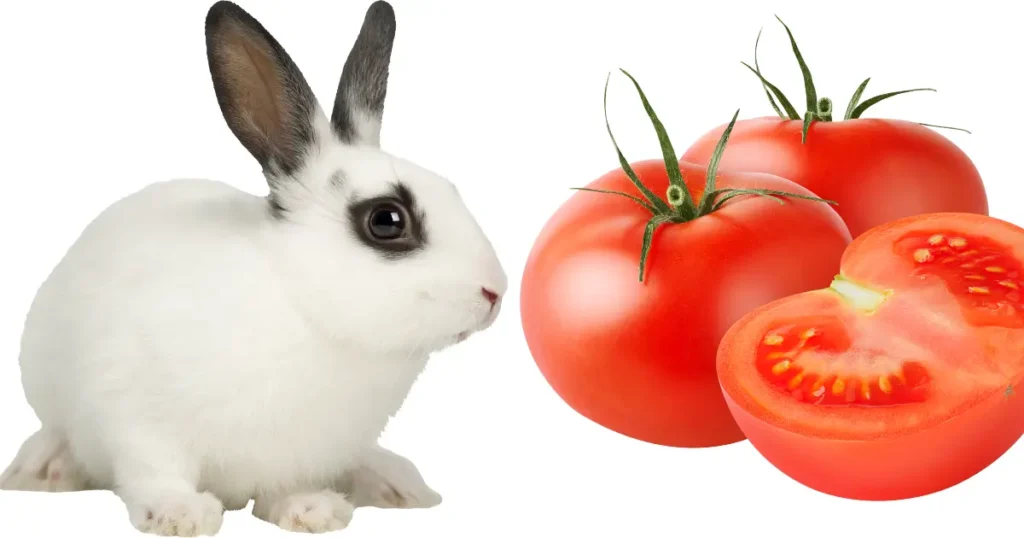In an astonishing turn of events that shook the animal kingdom, six Komodo dragon babies hatched at the Bronx Zoo (USA) in early December, marking the first-ever successful reproduction of this species in the zoo’s 122-year history.
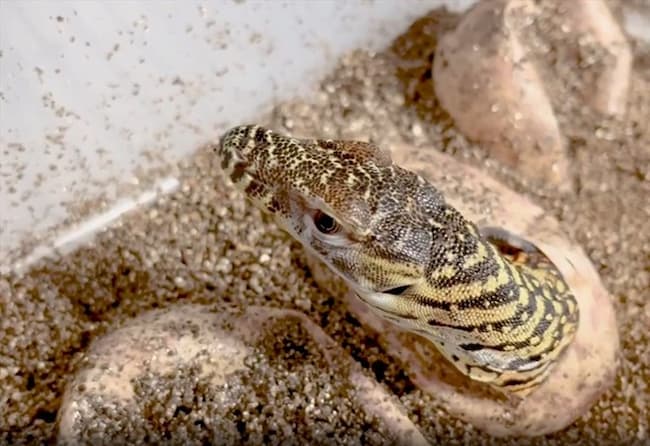
“Komodo dragons are one of the most fascinating species on the planet, and these little ones represent a hopeful future for the species,” said Don Boyer, in charge of reptiles at the Bronx Zoo in New York, in a statement from the Wildlife Conservation Society.
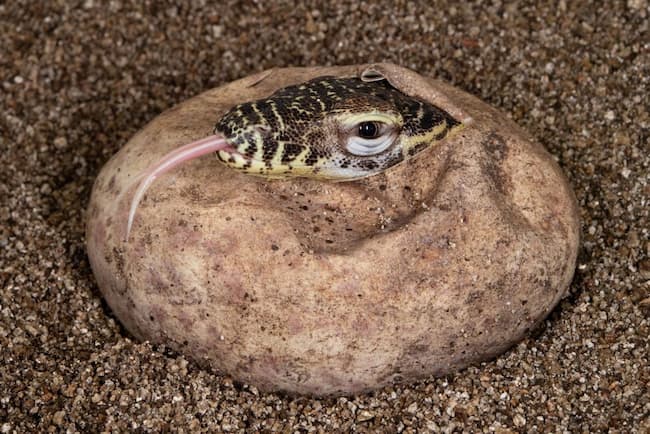
“They will be great ambassadors for their wild counterparts and help us raise awareness about the need for conservation,” Boyer added.
Boyer also mentioned that it took nearly 20 hours for the first dragon to emerge from its egg.
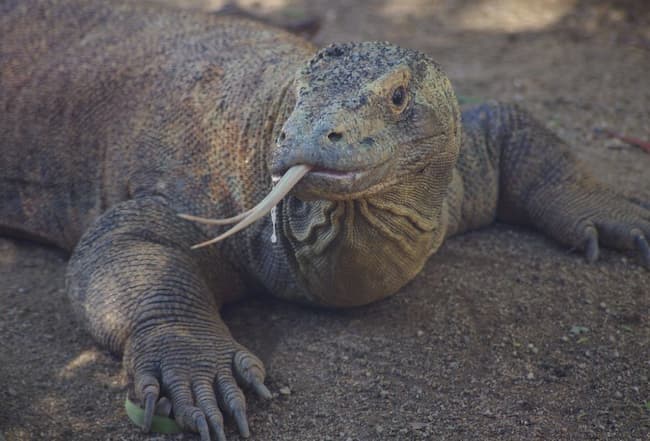
The amphibian research department at the Bronx Zoo has been working for years to successfully breed Komodo dragons, the world’s largest living lizards. This work is particularly crucial as Komodo dragons have been listed as “vulnerable to extinction” by the International Union for Conservation of Nature (IUCN).
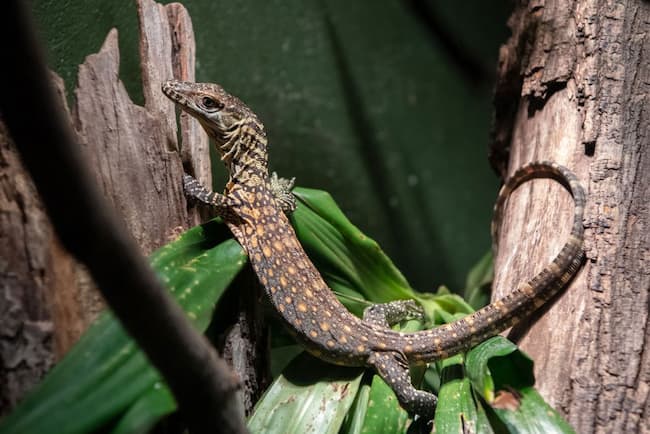
As the world’s largest living lizards, Komodo dragons weigh almost 70kg and can reach lengths of up to 3m. Known for their hunting skills, they consume the flesh of both large and small mammals, including deer and buffalo – sometimes even preying on smaller Komodo dragons. They can devour up to 80% of their body weight in one meal.
In the first few years of their lives in the wild, Komodo dragons live in trees to avoid being hunted by predators. At the zoo, these newly hatched Komodo dragons almost immediately begin hunting insects and smaller lizards. Eventually, as they mature, these new dragon cohorts will participate in the Association of Zoos and Aquariums (AZA) breeding program to help support genetic diversity.
The Bronx Zoo is located in the Bronx, New York City, within the Bronx Park. It is one of the largest urban zoos in the world, with approximately 6,000 individuals representing about 650 species from around the globe.
